Anyone care to join the challenge and walk all the streets in the town they live?
|
New Rochelle New York, 10.67 square miles, and my home. 10.67 square miles does not seem like a lot of space however it contains 175 miles of road according to the New Rochelle 1996 Comprehensive Plan. So the challenge set by my husband is to walk all 175 miles. This may turn out to be problematic as it includes interstate and state highways in addition to city and county roads. Some of these are clearly not walkable but we will walk all roads that don't specifically say pedestrians are prohibited. I'll report as we go and .....to misquote a statement attributed to Captain Oates by Scott during their South Pole expedition... this may take some time. The good thing is that unlike Scott I don't care that others have been there before me.
Anyone care to join the challenge and walk all the streets in the town they live?
0 Comments
This is perhaps a good topic to follow on from the Conversation with an Engineer and comes from Wellington, New Zealand. The New Zealand Transport Agency (NZTA) plans to build a flyover (aka overpass) alongside the Basin Reserve, a world class historic cricket ground, as part of its Roads of National Significance. Stop the Flyover and Save the Basin Reserve groups are fighting for less intrusive options and have been pointing out that many cities around the world are choosing to demolish flyovers rather than to erect new ones.
One of the things that struck me when reading the NZTA report on its community engagement is that the engagement happened after NZTA had already narrowed the possible options down to two versions of the flyover, renamed as bridges after people reacted negatively to the term flyover. Does New Zealand's capital city need such an expensive and intrusive change in roading? I'm don't believe so but the links in this piece will allow readers to make up their own minds. To support the groups fighting the flyover you"ll find details of how you can help via the links. Mayor Bloomberg is promoting the use of stairs! A New York Times article on July 18, 2013 said 'a new nonprofit organization, the Center for Active Design, would promote and advise on strategies that encourage daily physical activity and access to healthy food. One such strategy has to do with making the staircase a more prominent part in the design of a new building or retrofitting an old staircase to ensure that it stays open, clean and well lighted.
“We want people to move, we want people to choose this option,” said Joanna Frank, executive director of the new center. “The elevator is there, but it doesn’t have to be the first thing you meet.” ' I'm excited because I long advocated that stairs should not be hidden. we are often told to take the stairs but many buildings don't make this an easy choice. One of the worst I have seen has to be Club Quarters in Devonshire Street, Boston. I stayed there off and on for six months while on a contract assignment and was initially scared to take the stairs down to the lobby for fear there was no re-entry point and I'd find myself trapped in the stairwell. Finally, on a week my husband was with me he held the door open on one floor while I went down an uninviting stairwell to the next floor to see if I could get out without setting off a fire alarm. I could, so we walked down to solve a mystery - why had I NOT been able to find the staircase in the lobby? The answer was simple. The staircase spat us out in a back alley! A great video from Strong Towns which is unfortunately not really a joke. I do like to think that the number of traffic engineers who might have a conversation like this is decreasing....
A Coversation with a Traffic Engineer The reality is that survival in the fast lane is dependent on the ability to duck and dodge and jump. I doubt any of us need a statistician's chart to know that pedestrians are more likely to survive a crash with a car if the car is travelling slowly. But let's look at the stats anyway because they are interesting.
The commonly quoted survival rate of a pedestrian hit by a car can be found on the World Health Organisation website. "....pedestrians have been shown to have a 90% chance of survival when struck by a car travelling at 30 km/h or below, but less than 50% chance of surviving an impact at 45 km/h. Pedestrians have almost no chance of surviving an impact at 80 km/hr." For those more familiar with miles: 30km = 18.6 miles and 45km = 24.8 miles and 80km = 49.7. Rounded up these then give a close to 90% chance of survival when hit by a car travelling at 20 miles per hour, less than 50% chance at 30 miles per hour and almost no chance at 50 miles per hour. In recognition of these statistics some cities are putting slow zones in place particularly around schools that keep the speed limit down to 20 miles an hour through enforcement and traffic taming designs and devices. Here's a link about some in New York including a mention that in London "the introduction of 20 mph zones was associated with a 42% reduction in injuries, as compared to untreated areas. In the UK, average speeds in 20 mph zones were reduced by 9 mph". And now the good news! The National Highway Traffic Safety Administration, part of the US Department of Transportation published a National Pedestrian Crash Report in June 2008 containing some wonderful statistics that show that the risk of being hit and killed is low. One of the key findings was that "a pedestrian crash death occurred every 70 million miles walked". I like those odds! So drivers..... I'll leave you with a couple of questions I asked my husband a while ago: First question: "If you knew that today, while you are out driving around, you would without a shadow of a doubt save a life by keeping your speed at 20 miles and hour or less, would you do it?" Second question: "Would you travel at no more than 20 miles an hour on city streets consistently from now on knowing that if you happen to have a crash with a pedestrian it could save a life?" .....a pedestrian crossing on a road.
First up though is a link that came via Price Tags, one of my favorite blogs! The post is an article about alleyways in Vancouver that I think makes for brilliant shared spaces for multiple forms of transport including, of course, walking. These alleys also lower the amount of run off into storm water drains and increases property values which in turn increases property taxes which increases city revenue. Click here for the article. Now, back to those pedestrian crossings. As promised I have been researching the various ways that crossing a street can be made safer. There is a lot of debate about this and there seems to be agreement that pedestrian crossings where there are multiple lanes of traffic in a single direction actually make crossing less safe. One hazard is that a driver may stop but the next lane over a driver doesn't stop and runs over the pedestrian who is now in the middle of the street. Another hazard is simply that streets like this are wide so pedestrians, especially those unable to move quickly, are exposed to traffic for longer. On wide streets adding islands where pedestrians can stop safely helps. There are also stats that show, not surprisingly, that children and elderly are hit most frequently. So, the easiest answer is to say that finding the right answer isn't easy. David Fields of Nelson/Nygaard told me that "there's lots that can be done including physical improvements (narrowing, raised pavement, etc.), signage, signal/stop sign, cameras, and more". He also made the point that where pedestrians are already crossing the issue is making sure they have a safe way to do it and that the decision about what should be done really needs to be site specific. This matches with the studies that show that the type of road (width, number of traffic lanes, speed limit, visibility...) makes a difference both to the accident rate and how best to lower it. On Webster and Glenmore in New Rochelle, the intersection I am worried about, the road is narrow and busy and getting drivers to reduce speed and being aware of what is going on and who is sharing the road with them is critical. Here are a few resources. The first three come via David Fields and the others are studies I have found on line. Happy reading! And when you are next driving somewhere and a car in the lane next to you slows down, give a thought to why before you drive past. That moment of heightened attention may save someone's life. More on this later.... Street manuals: Complete Streets Chicago Complete Streets New Haven New York City Street Design Manual Studies: New York City Pedestrian Safety Study and Action Plan August 2010 (I believe the accident rate has gone up again recently but that does not negate the great work that has been done to date) US Department of Transportation has some great resources at the bottom of the page this link should take you to. I jumped off the curb recently right into a conclusion. There is an intersection here in New Rochelle on Webster and Glenmore next to the Daniel Webster Elementary School. There is a paving slab laid across the green strip to the curb on Webster showing that it is accepted as a crossing point but there is no cross walk. In fact it is the first time I have seen a crossing guard without a cross walk. So, I leapt to the conclusion that there SHOULD be a crosswalk. The City of New Rochelle has informally acknowledged it is a 'bad situation' but has also said there is no plan to improve this crossing point for children on a busy road until 2014. One opinion from within city hall is that pedestrian crossings can make pedestrians lazy and less careful and therefore it could be bad to install one. As children are notorious for poor impulse control I am unsure of the validity of such an argument and the crossing guard is certainly not going to become blase since she is out there every day armed only with her little sign in the middle of traffic. I considered the placement of a pedestrian crossing here as a warning to drivers that they should slow down and pay attention rather than something that would breed lazy pedestrians.
The town hall response however has made me take a step back and reframe my question to "how can we make this intersection safer?" Is a cross walk actually the BEST option? Are there other things we can do that would be more effective? I'm off to do some research and will report back. In the meantime here's a link to an article about someone who decided direct action was needed in their neighborhood. http://m.nzherald.co.nz/nz/news/article.cfm?c_id=1&objectid=10885427 I thought I'd share a few local sidewalk obstacles today. When roadways are blocked alternatives routes are generally provided. Sidewalks get blocked and pedestrians have to find their own alternatives. That led me to thinking that pedestrians are viewed as individuals and cars are viewed as....well...cars. Yet a car is an inanimate object. Cars are driven by individuals and many contain only the driver. So why is a car driver considered so much more important in the scheme of all things transport related than the individual on foot? Is it because a car takes up so much more space? Something about the importance placed on speed?
I was recently lucky enough to have a commute of an hour and a half on good days and much less time on bad days. I say on good days because those were the fine weather days when I would walk the five miles to work and/or back home at the end of the day. This gave me the opportunity to consider lots of aspects of being a pedestrian - from watching the traffic (and sometimes outpacing it for several blocks when there were roadworks), to foraging for mulberries, to talking with crossing guards about their experiences. All of this encouraged me to FINALLY get Urban Afoot live. Welcome! I hope this will become a forum for all things pedestrian, in the best sense, not in the dull, boring sense that dictionaries offer as one meaning of the word. Why is that? A reference to poor people walking while richer people rode?
|
Author: Nina ArronI am an enthusiastic pedestrian, urban planner, and project manager currently living in New Rochelle, New York. I am grateful to be living in a walkable city with affordable easily accessible public transport (both trains and buses). My appreciation became even greater after spending three years back in New Zealand where it was much harder to fit daily walking into my life in what is considered one of the great natural, green environments in the world. Archives
February 2019
Categories |
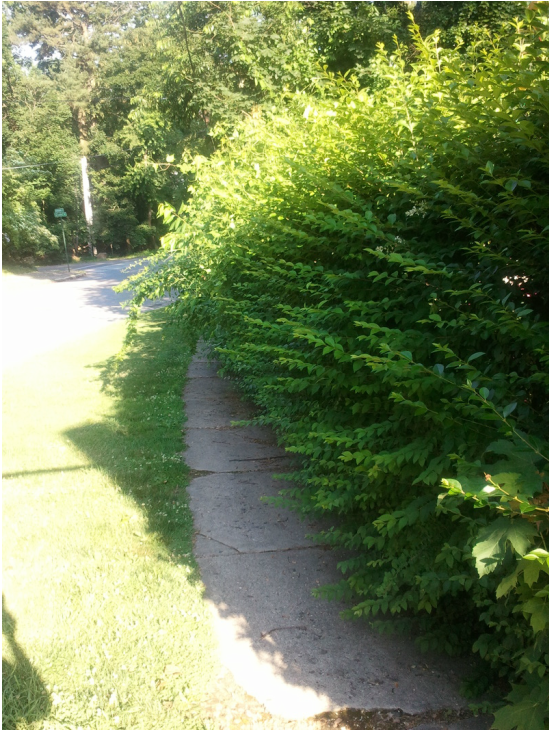
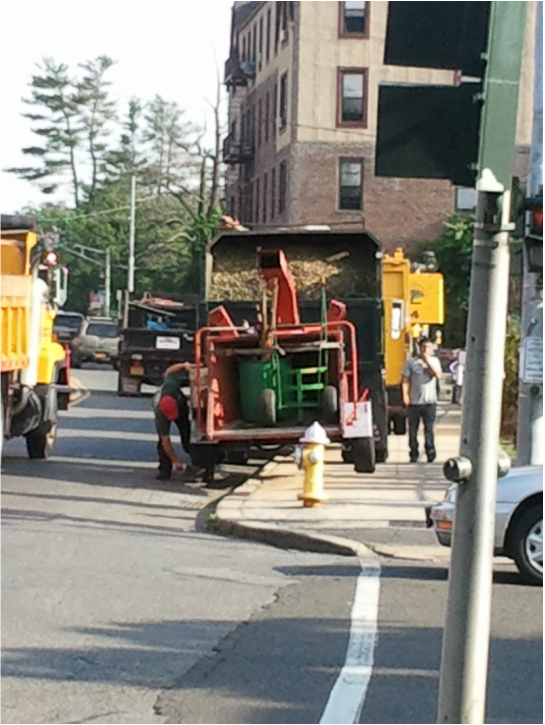
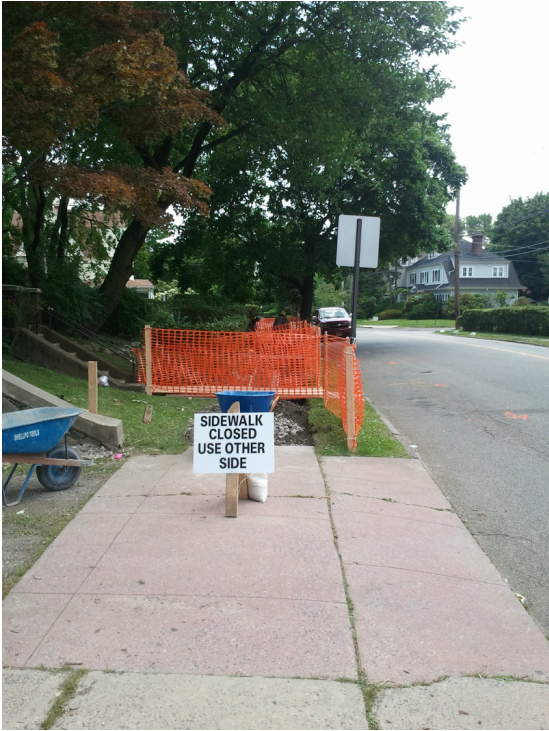
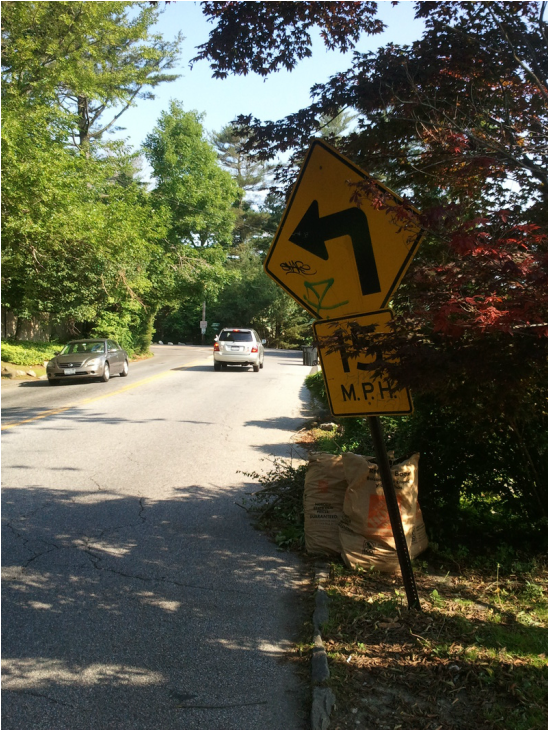
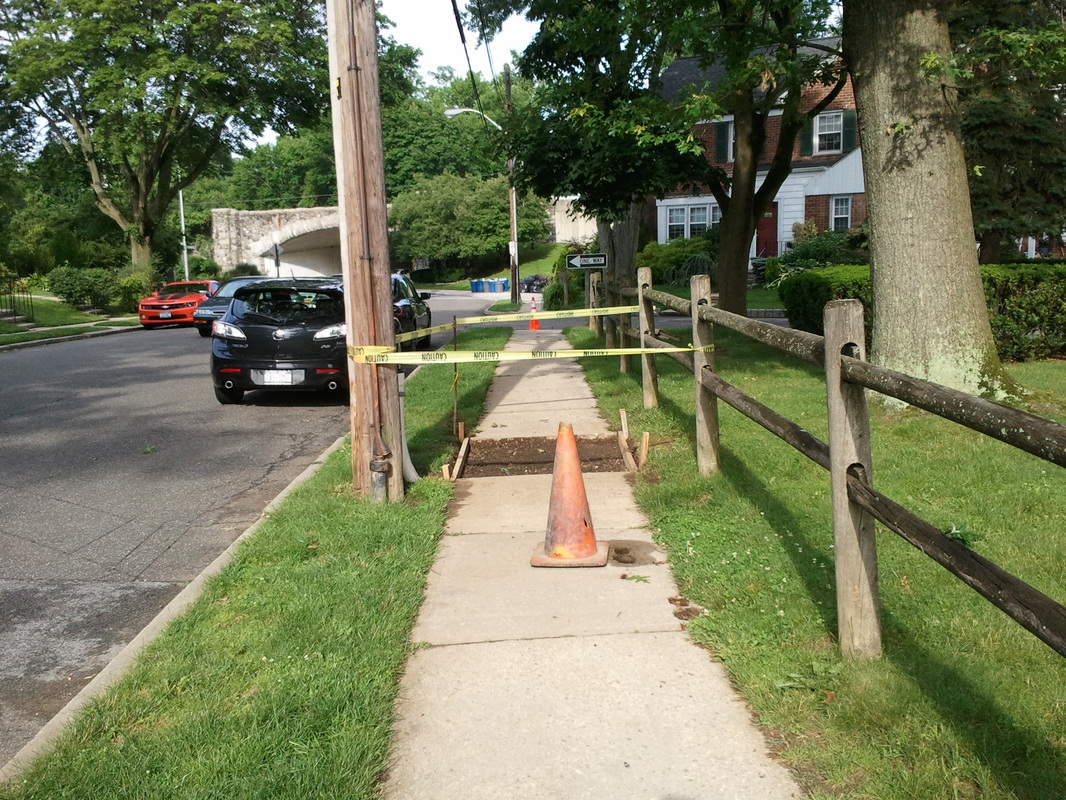
 RSS Feed
RSS Feed
